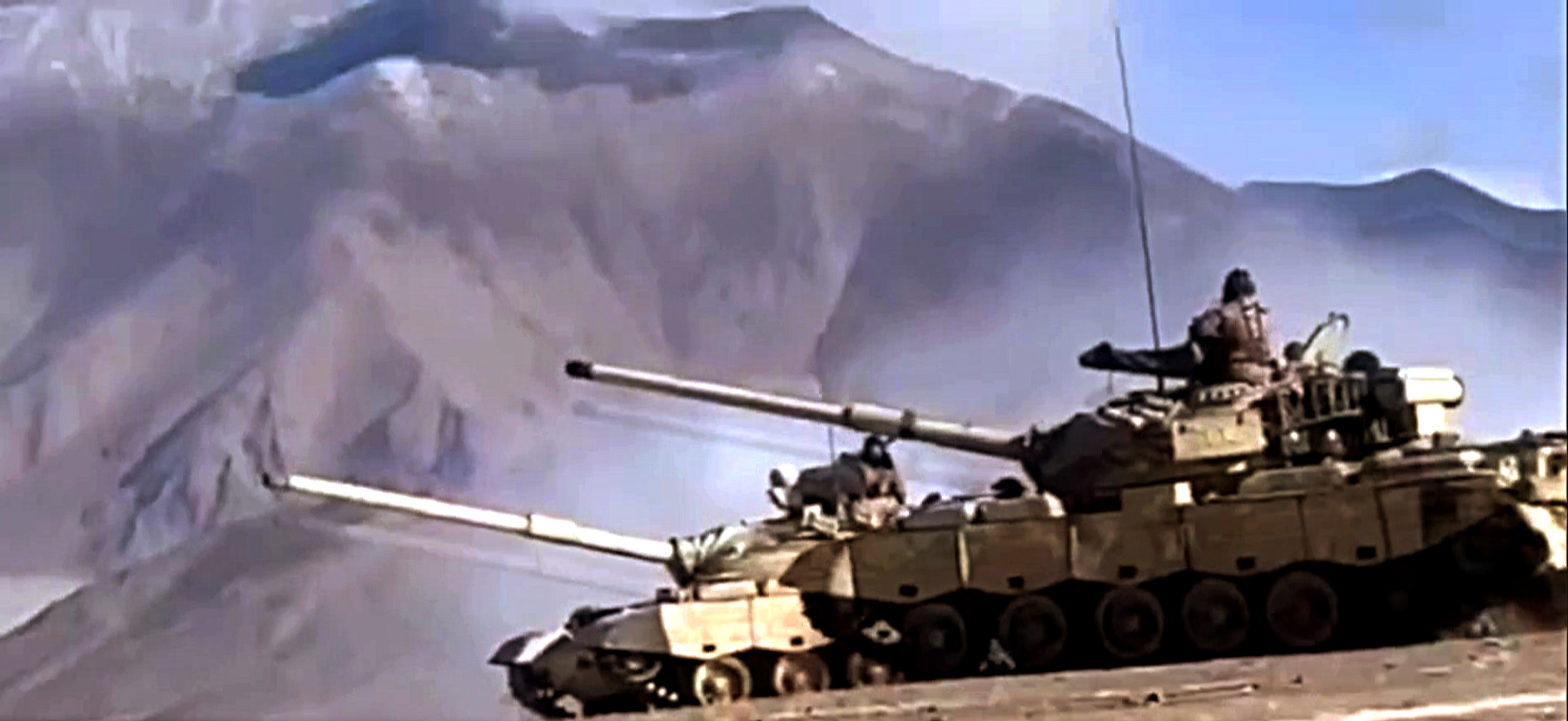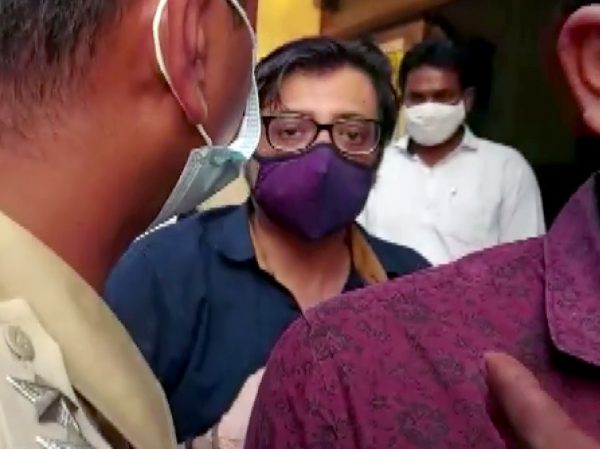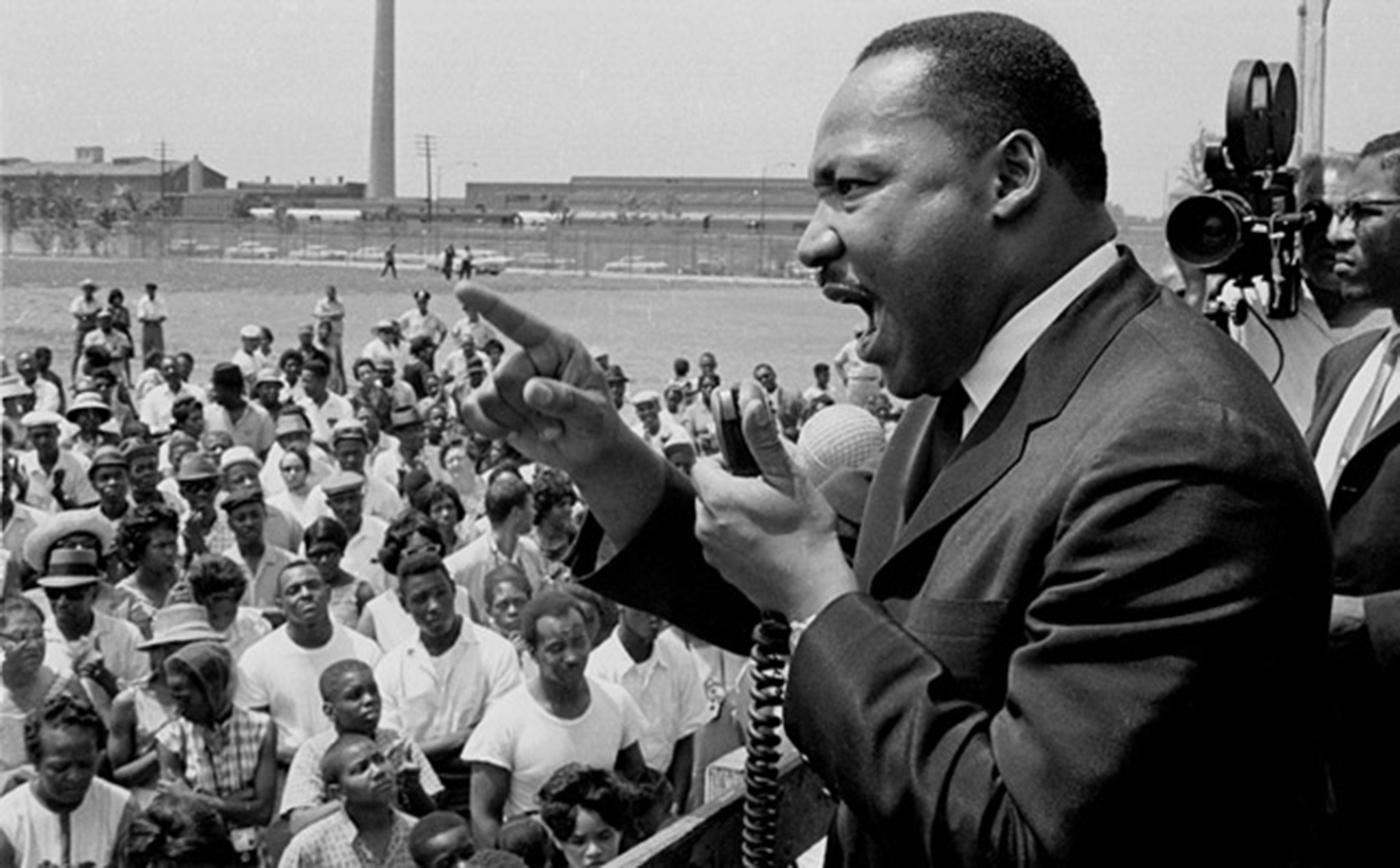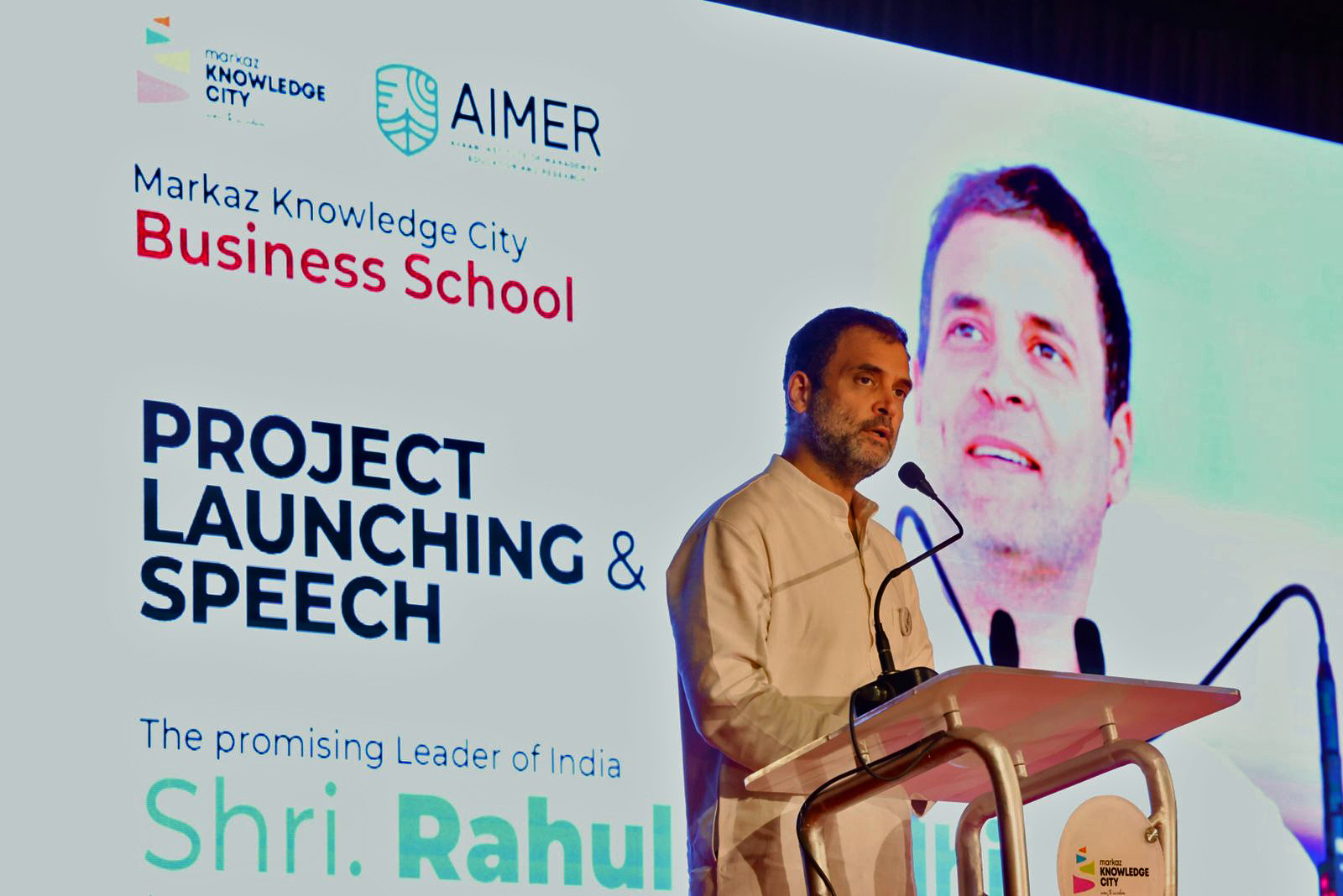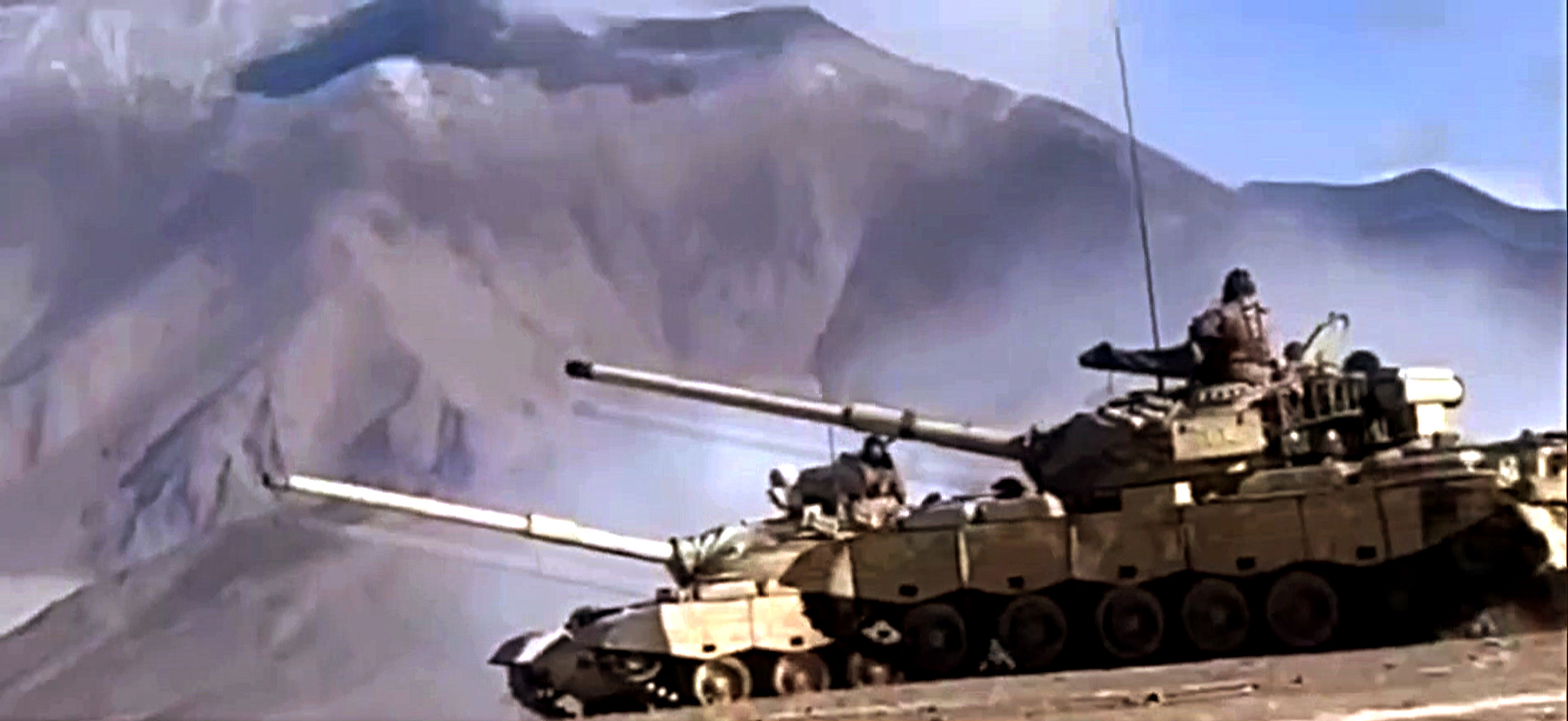WTC has significant impact on India as the two countries are involved in a border standoff and as it is tailored towards reducing its vulnerabilities against India’s superior airpower, any strengthening of its combat capabilities in this area would have an impact on India’s choices to conduct offensive operations
M.S. Prathibha
The PLA Western Theatre Command has undergone changes that are required for it to transform from a military region to a theatre command. The theatre command requirements made it to adopt various strategies to strengthen its joint combat capabilities and realistically train its troops by seeking ways to counter the adversary’s military capability in mind. This requires it to counter the operational system of the adversary to emerge victorious in battle. Since the conventional capabilities of the PLA WTC have tremendous impact on India, especially their effort to significantly increase their air defence and reconnaissance capabilities, the integrated training exercises are aimed at countering both the mountain warfare and air capabilities of India.
The Western Theatre Command (WTC), one of the five theatre commands of the People’s Liberation Army (PLA), considers India as one of the security threats in its strategic direction. The WTC strategic direction also faces the Central Asian region and the Af-Pak region. However, there are differences in the ways threats from Central Asia and Af-Pak are managed. China prefers to use the security framework of the Shanghai Cooperation Organisation (SCO), such as the counter-terrorism cooperation and the Belt and Road Initiative (BRI) to mitigate threats to its restive Xinjiang. Moreover, these threats are mostly from non-state actors and consequently, the People’s Armed Police (PAP) are in charge of monitoring and countering them. They are not considered as conventional military threats. On the contrary, the majority of the WTC military reforms in joint training modules and joint operations, especially in the combined arms brigade and multi-dimensional operations indicate that it is training for a “limited war” with an adversary with characteristics similar to Indian military capability. Therefore, the transition of WTC into a theatre of war zone capability has an immense impact on India.
The PLA WTC is distinct compared to other theatre commands as the two military districts, the Tibet Military District and Xinjiang Military District, have come under the direct control of the PLA Army. For instance, after the 2015 reforms, the National Defence Mobilisation Committee of the Central Military Commission has been administering and leading the provincial military districts. However, the Tibet and Xinjiang military districts have an elevated status of deputy theatre (level) unit, indicating that their role as well as mission have been expanded.
After the reforms, the PLA WTC’s main priority has been to establish a system of transition, where the theatre region could transform from functioning as a military region into a war zone. In other words, the “Military Area Command” (MAC) model seemed to be incompatible if the objective was to win wars. The establishment of the theatre command is meant to prepare the Chinese military to train and prepare for an eventuality of war. One of the requirements is that the “operational forces” are supposed to implement the “brigade-battalion new system”, and for the Air Force, the “base-brigade new command system”.
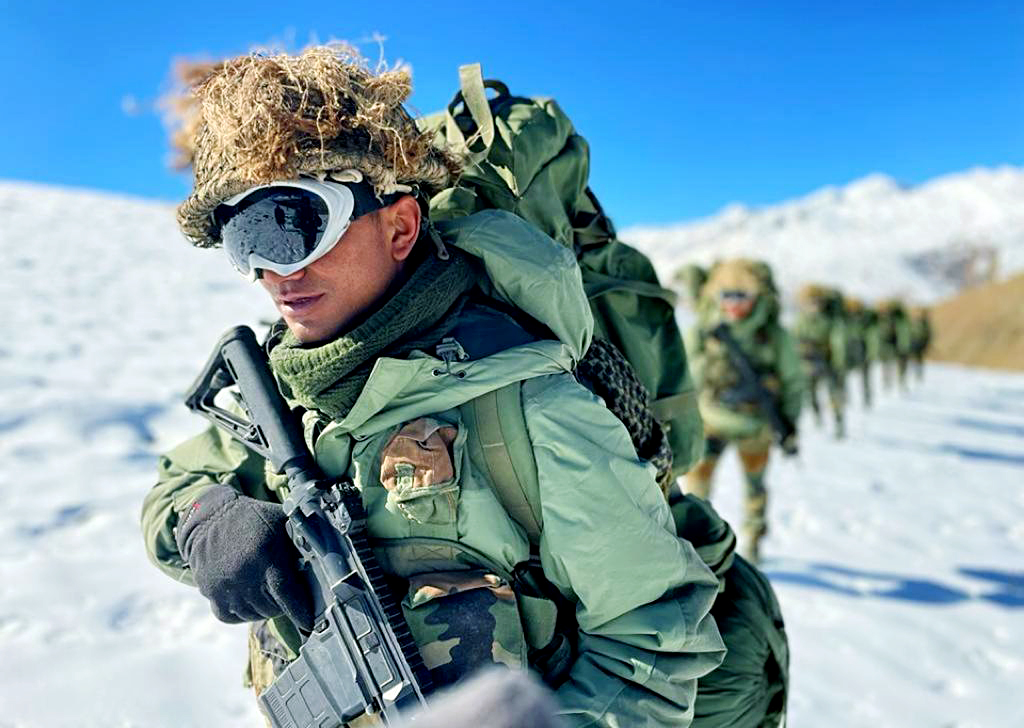
Taking the WTC in particular, in one of the training exercises, the PLA WTC focused on countering the adversary’s reconnaissance capabilities to prevent them from observing the PLA’s deployment patterns. Denying reconnaissance on deployments is part of joint combat exercise under information conditions, where electronic counter-measures are deployed to counter the adversary from observing the troop deployment. Such exercises are increasingly being part of the WTC’s operational planning, as the emphasis is on the troops to understand the military capabilities of the adversary and then train themselves realistically. The principle of actual combat capability means that the training exercises should reflect the actual threat condition, i.e., the operational capability of the adversary. The commanders are encouraged to find realistic solutions to defeat the adversary through innovative use of equipment.
In fact, the WTC is working towards building joint capability that is focused on achieving “integration”, as such “integration training” is part of base normalisation, which is conducted every month. In other words, the PLA Air Force is determined to normalise the base towards conducting integrated training, which are generally organised by brigade commanders and chief of staff. In a typical integrated training, including Air Force and Ground Forces, fighter aircrafts raid the mountain ridges to knock out the adversary’s radar positions, guide missile tanks to infiltrate canyons to appear at mountain passes to strike important targets and air defence system is tested to show response level of tracking, reconnaissance and real-time surveillance.
In recent years, integrated joint operations in the WTC have enhanced the early warning network for the Air Force to track and counter any airborne invasion by an adversary. In fact, the WTC with regard to the Indian theatre has significantly increased the new equipment in electronic counter-measures and special warfare reconnaissance.
Specifically, Intelligence Reconnaissance Brigade similar to the US Army Battlefield Surveillance Brigade has also been involved in exercises in the plateau regions. The WTC Air Force in an exercise wanted to find ways to withstand the enemy (airborne insertion) while shaping the defensive and offensive skills during confrontation. In this regard, the WTC Air Force exercises focus on developing battlefield awareness regarding the adversary’s Air Force capabilities by extensively using its air defence and electromagnetic capabilities and conduct integrated operations to counter offensive tactics by the said adversary.
The exercises, which are termed as “system confrontation exercises”, have been one of the main types of exercise scheduled within the WTC every quarter. The system combat in the Chinese view, in modern warfare, there are no confrontation between the two countries’ air forces alone or navies alone. Rather the confrontation is with the whole operating system of the adversary (system-to-system confrontation, which consists of combat elements from different services and arms operating as a whole. In this regard, information conditions, that is the quick and smooth transmission of battlefield awareness is necessary for finding a favourable situation in a confrontation. Within this aspect, gaining information control and information superiority is essential in gaining strength over the adversary.
The transition to training under real combat conditions has been challenging for the WTC. For instance, before the reforms in 2015, many exercises were conducted in the plains, and training in plateau regions was seen as a way for the soldiers to adapt to the climatic conditions. After the reforms were implemented, the combined armed brigades are increasingly stationed in high-altitude areas as opposed to staying away during the winter months. The adjustment has been tough as the brigades suffered from terrain issues, lack of proper training, effective use of artillery and coordination, and find a way out to reduce the impact of high-altitude environment on physical training and equipment performance. Most importantly, the transition also led to the brigades initiating winter training exercises rather than restricting them to the summer months.
The transformation of the physical infrastructure of the theatre commands, and the WTC has been no exception. The Support Department was newly created after the reforms were embedded within the corps-level units in theatre commands. In the WTC, sometimes the problem pertains to the attitude of the officers trained or stationed in the plateau regions. One of the biggest impediments according to the Chinese President Xi Jinping is the “peace sickness” that has afflicted the Chinese military. For instance, with regard to the WTC, peace sickness, or peace accumulation, meaning practices that are deep-rooted, long-established and corrupt are said to be challenges. In high-altitude plateau regions, just getting acclimated was seen as training and resolve, instead of integrating fully into the plateau conditions. The realistic training in the case of WTC would be not only to train in plateau conditions but also being stationed in that region. In Chinese view, as the international trends seem to be peace and development, peace accumulation might breed the thinking that automatically peace is going to continue. Such an understanding might hinder combat effectiveness as possibility of war cannot be ruled out.
Since 2018, the WTC has trained specifically to eliminate the “peace accumulations”. The difficulty of transition is visible according to the Chinese view because even though the military reforms have transformed the military region into a theatre command, many soldiers “wear new shoes but walk the old road” as they grew up during the peaceful years. Therefore, top talents from each unit are now promoted to officers based on a comprehensive assessment. According to the observers, the peace accumulations are generally visible in four insufficiencies such as insufficient grasp of scientific and technological knowledge; insufficient awareness of system; insufficient use of information means; and insufficient joint effectiveness. To rectify the peace accumulation, “engineered thinking” was promoted at the end of the annual review of theatre construction in 2018 and to strengthen the supervision capabilities of the system. The party committee of the theatre command generally meet twice in a year, to reflect on the shortcomings and give solutions to rectify them. By the end of the year, a review conference is conducted to see the results. “Four Studies and One Research”, which includes ‘learning strategy’, ‘learning jointness’, ‘learning military branches’, ‘learning science and technology’, and ‘researching opponents’, are needed to enhance combat capabilities further.
Overall, post 2015 reforms, the WTC has been transforming into a joint theatre command that can fight wars against an adversary like India. It has significantly increased its joint combat capabilities, especially in air defence and reconnaissance. It has significant impact on India as the two countries are involved in a border standoff and as it is tailored towards reducing its vulnerabilities against India’s superior airpower, any strengthening of its combat capabilities in this area would have an impact on India’s choices to conduct offensive operations. Moreover, the PLA is motivating its force to mentally prepare for a potential limited war if it comes to play, broadcasting its readiness to fight the war. In addition, the integrated training exercises and system confrontation strategies are aimed at not only hitting the adversary’s ground forces, but also its air capability, logistics and support systems.
M.S. Prathibha is Associate Fellow at the Manohar Parrikar Institute for Defence Studies and Analyses (IDSA), New Delhi
Views expressed are of the author and do not necessarily reflect the views of the Manohar Parrikar IDSA or of the Government of India.
This is the abridged version of the article which appeared first in the Comment section of the website (www.idsa.in) of Manohar Parrikar Institute for Defense Studies and Analyses, New Delhi on November 9, 2021
















